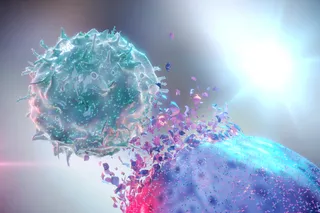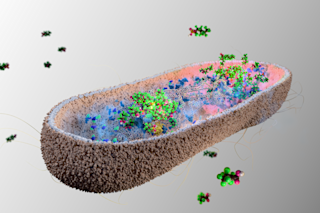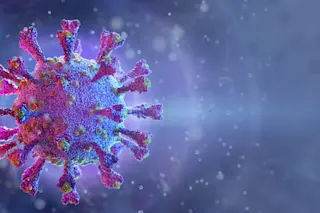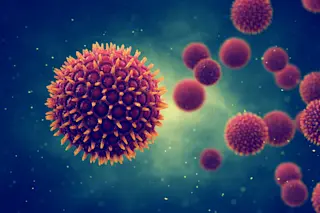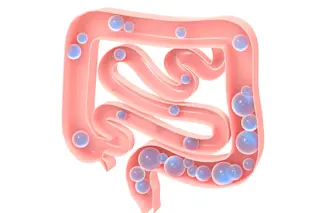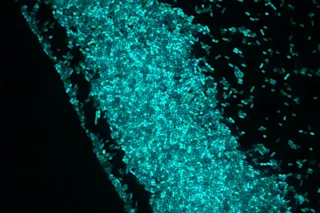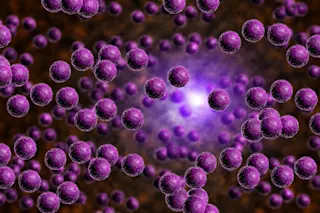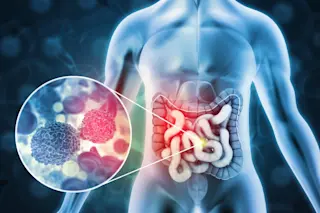Hydrogen peroxide can kill viruses and bacteria, and it’s been used for generations to sterilize wounds and help them heal faster. But a new study published in the journal Nature shows that the substance may also serve as a Pied Piper for white blood cells, summoning them to the site of a wound to promote healing.
Damaged tissue hails a variety of cells to defend the body from infectious agents; one type is white blood cells, which kill by initiating a “respiratory burst,” which releases highly reactive antimicrobial molecules, including hydrogen peroxide produced by the body itself [ScienceNOW Daily News]. But it wasn’t until now that researchers noticed that hydrogen peroxide appeared at the injury site an average of 17 minutes before the immune cells arrived. Study coauthor Phillipp Niethammer explains that after nicking the tail of a zebrafish, “I saw something bursting at the wound,” he says, “but I didn’t see leukocytes there.” That bursting, experiments revealed, was hydrogen peroxide… [I]t appeared as if hydrogen peroxide was bringing leukocytes to the wound rather than the other way around [ScienceNOW Daily News]. Further investigations revealed more about the chain of post-injury events.
The scientists found that when the tails of the zebrafish were injured, within minutes… hydrogen peroxide was released from the wound and entered the surrounding tissue. Teams of white blood cells quickly responded to the chemical signal from the hydrogen peroxide and came to repair the damage [CBC]. And after removing the fish’s ability to produce hydrogen peroxide, the substance wasn’t produced, and no white blood cells traveled to the wound.
Hydrogen peroxide is naturally produced in the human thyroid, gut and lungs, and the researchers postulate that excessive production of the stuff could be a factor in diseases often marked by elevated white blood cell levels, such as asthma, chronic pulmonary obstruction and some inflammatory gut diseases. “Our lungs are supposed to be sterile; our guts are anything but,” [coauthor Timothy] Mitchison said in the news release. “Perhaps in conditions like asthma, the lung epithelia is producing too much hydrogen peroxide because it’s chronically irritated, which, if our findings translate to humans, would explain inappropriate levels of white blood cells” [HealthDay News]. The next step is to find out exactly how the hydrogen peroxide brings the white blood cells to the wound site.



